Equipment Safety
All Equipment Safety Content
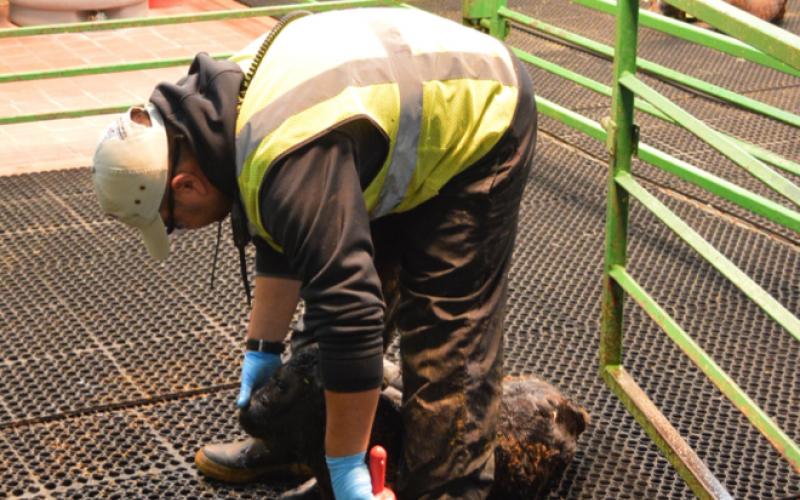
Dressing for the Job on Dairies Year-Round
We often check the weather before heading out the door and decide if we need a coat or not. But is the clothing we are wearing protecting us or could it add increased risk as we perform our job? A good share of producers on dairy farms, are now providing their employees with some type of uniform or clothing stipend.
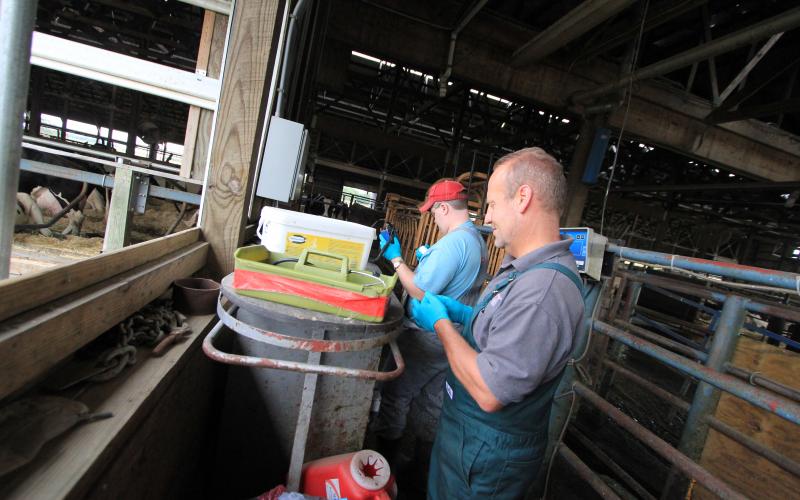
Prevention of Needlestick Injuries in Livestock Production
Within agricultural production a good share of livestock producers perform routine veterinary work themselves. This includes administering vaccinations or treatments for common disease or sickness. A result of performing this type of work there is increased risk for injury do to a needle stick injury.
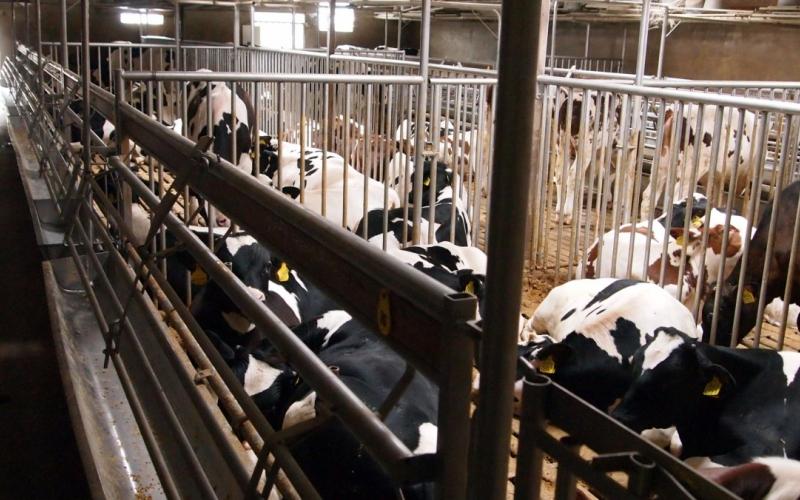
Diminishing Personal Injury on Dairy Farms
Within the dairy industry there is a high percentage of contact time between animals and human beings on a daily basis.
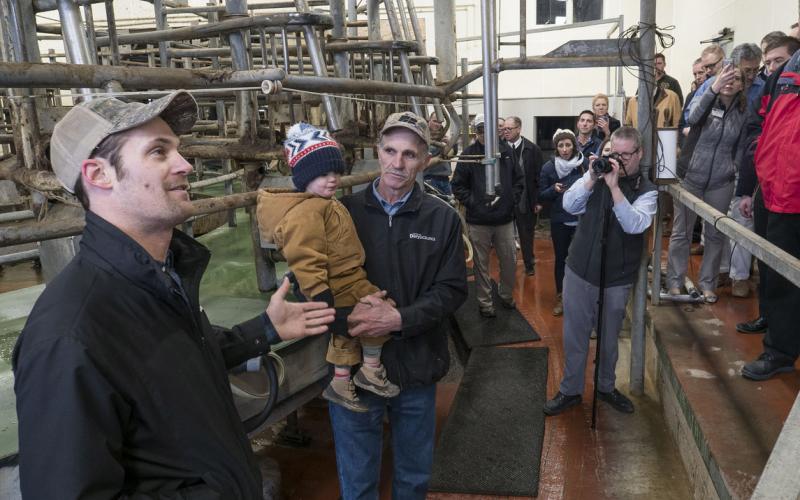
Preparing to Host a Farm Tour
Taking the time to prepare for a farm tour will result in a positive experience for those attending your farm but will also help build relationships with consumers of our products.
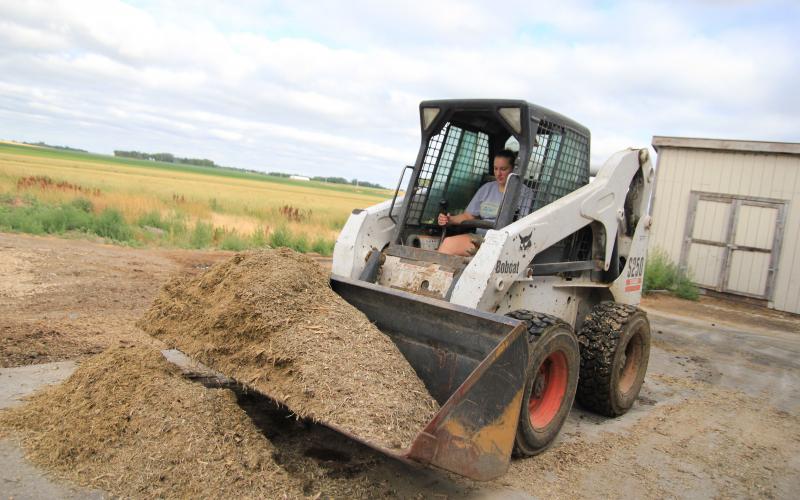
Skid-Steer Safety: Are You and Your Employees Practicing It?
One piece of machinery used daily on many farms, especially dairies and acreages, is a skid-steer. Owners and employees need to be aware of the correct operating procedures for this equipment and make sure that all who are operating the skid-steer have had adequate training in its operation.
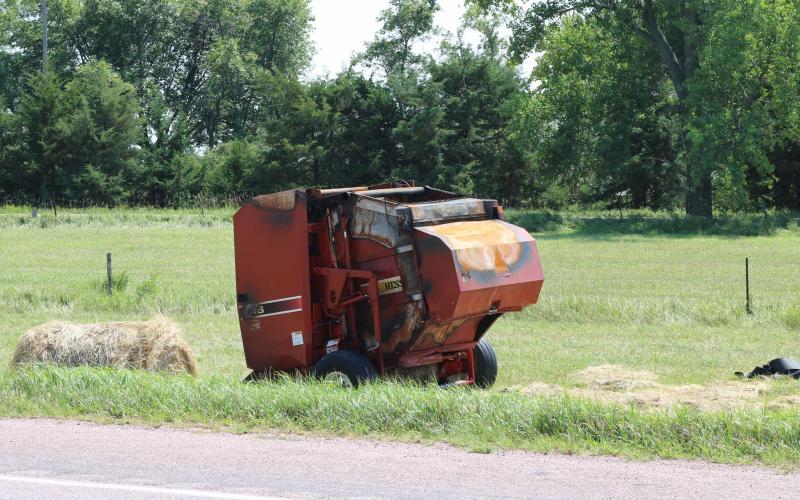
Preventing an Unwanted Baler Fire
Forage harvesting for hay will soon be upon us, and we need to take the time to prepare our equipment and ourselves for a safe and successful forage harvest when utilizing a baler.
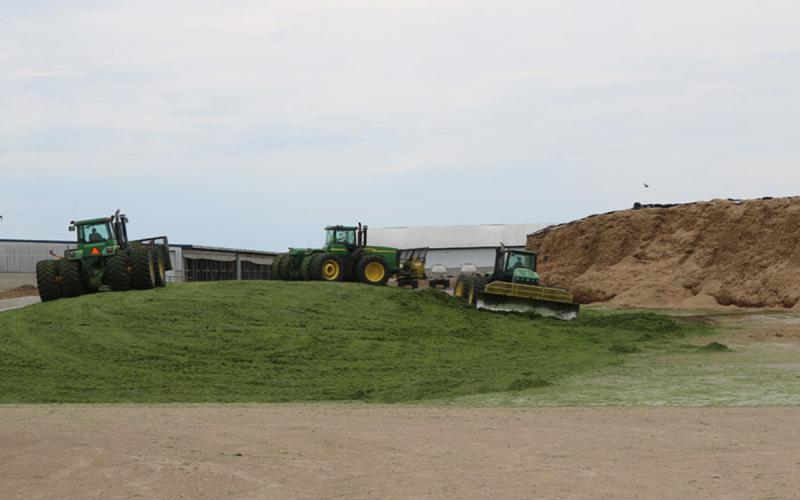
Be Safe and Smart Around Silage
Corn silage making season will soon be upon us. It is important to take the time to communicate with employees proper protocols while making silage, along with safe practices around silage piles or silos.
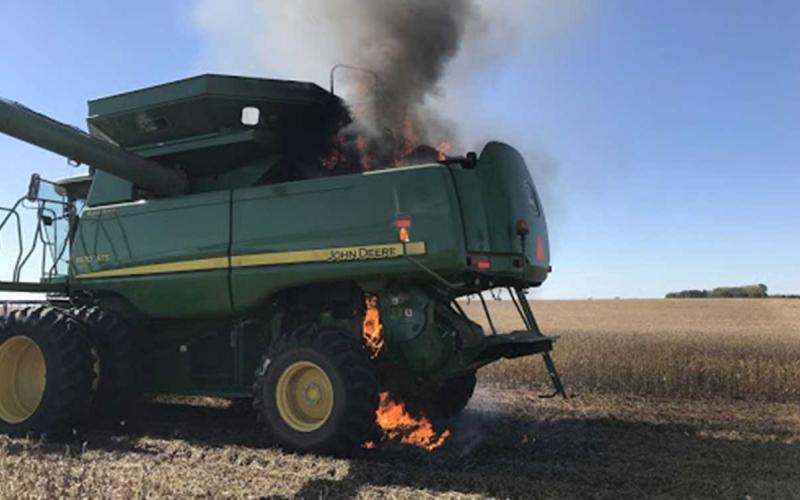
Avoiding Field Fires During Fall Harvest
With dry and drought conditions in the late summer and fall, crops dry down rapidly and harvest starts early. The climate outlook may be favorable for an uninterrupted run at harvest. However, the risk of fires during harvest is always a concern for farmers.
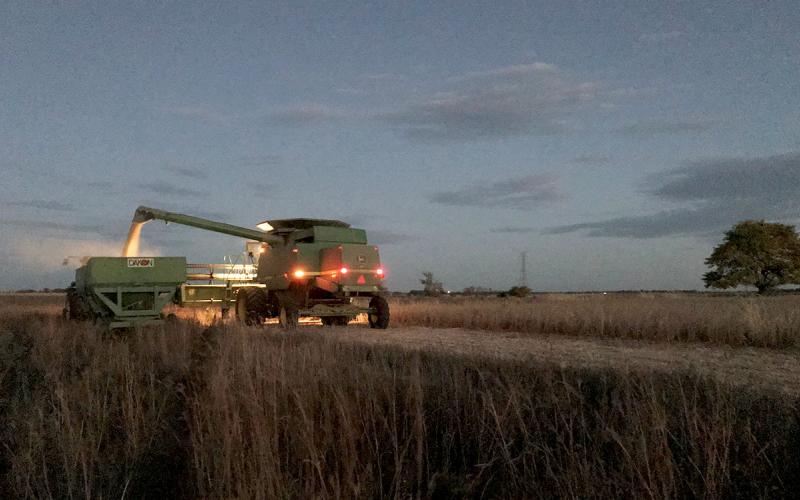
A Safe Harvest
Personal safety can be easier said than done when running on little sleep and working through the thick of harvest. Learn some important safety tips to keep you and your operation safe during this busy time of the year.
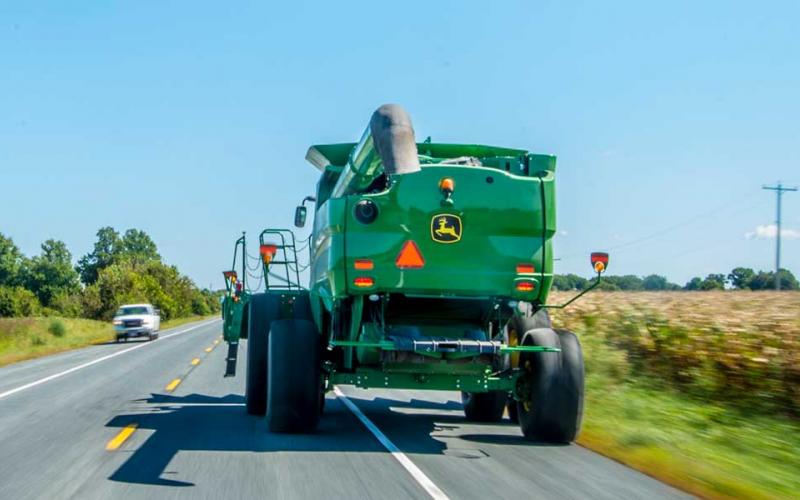
Roadway Safety During Harvest
If you have been on the roads lately, you have probably noticed that harvest has started. Producers and non-agricultural drivers have a shared responsibility to travel safely and share the road during this busy time of the year.